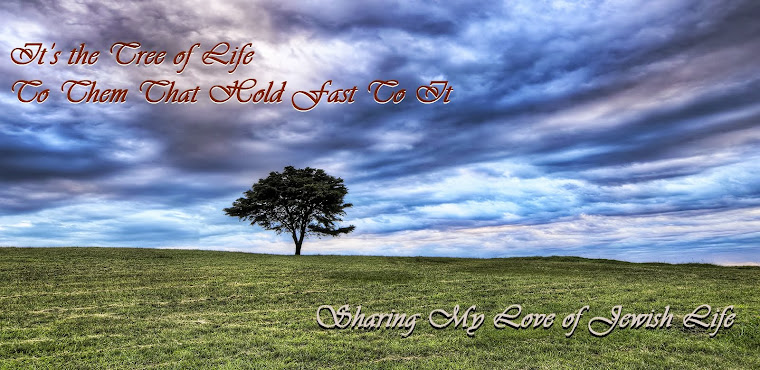This week’s double parsha of Tazria-Mezora is, for most of us in the 21st century, rather hard to understand. Can our spiritual actions really cause us to become ill? We were all raised in the era of modern medicine – and while we know that stress and emotional strain can contribute to illness, most of us are comfortable with believing that the majority of illnesses are the result of a virus or a bacteria. In other words, we pretty much have all been raised on scientific medicine, which does not affect a person because of bad middos.
Vayikra 13, the second chapter contained in parshas Tazria, is a lengthy discourse of how to recognize a negah and how each type of case should be handled. On a general read, it can seem both detailed and repetitious. However, the variations, when looked at carefully, are both subtle and fascinating.
There is one particularly interesting verse, the start of a sub-chapter within the perek, that says: “When the skin of one’s body sustains a burn by fire, and the patch from the burn is a discoloration, either white streaked with red or white” (13:24). Up until now, the perek described strange marks upon the skin that, from a modern perspective, sound like dermatological ailments. The subgroup mentioned before the burn is a mark that remains after a boil, but even a boil could be thought of as a dermatological infection. A mark that remains after an area of the skin gets burned by fire, however, seems an odd contrast to naturally occurring ailments.
Perhaps the question one should ask is how the flesh was burned in the first place. One thought might be that this is a non-accusatory warning against a person trying to hide a negah. It is highly feasible to imagine that a person would not wish to go through the complicated process of checking a negah, which would be disruptive to life and perhaps to one’s reputation. In such a case, one might try to treat the blemish as we today treat a wart – by trying to burn it away. But the negah will remain because the spiritual healing has yet to be done.
The phrasing of Verse 13:24 might hold another subtle lesson for us. “When the skin of one’s body sustains a burn by fire…” Burns happen easily, and we assume that it is simply the result of carelessness. But in the world of Jewish thought, everything happens for a reason…hashgacha is an always active factor in our lives. Perhaps from the seemingly casual turn of phrase (“When the skin of one’s body sustains a burn”), there is a lesson that this incident may not be so casual. It is a reminder that nothing happens without a purpose and if one gets injured one should, perhaps, stop and assess one's spiritual actions as well as one's physical actions.
